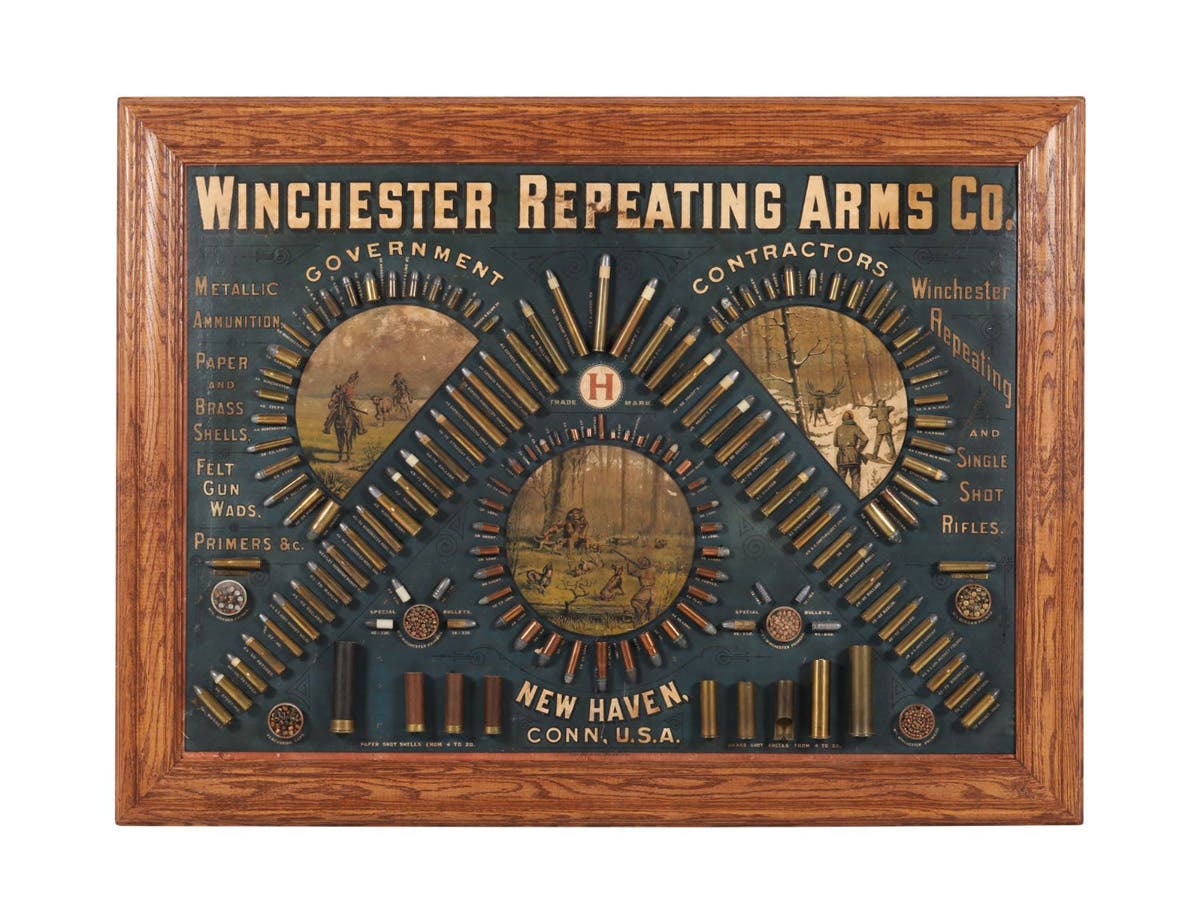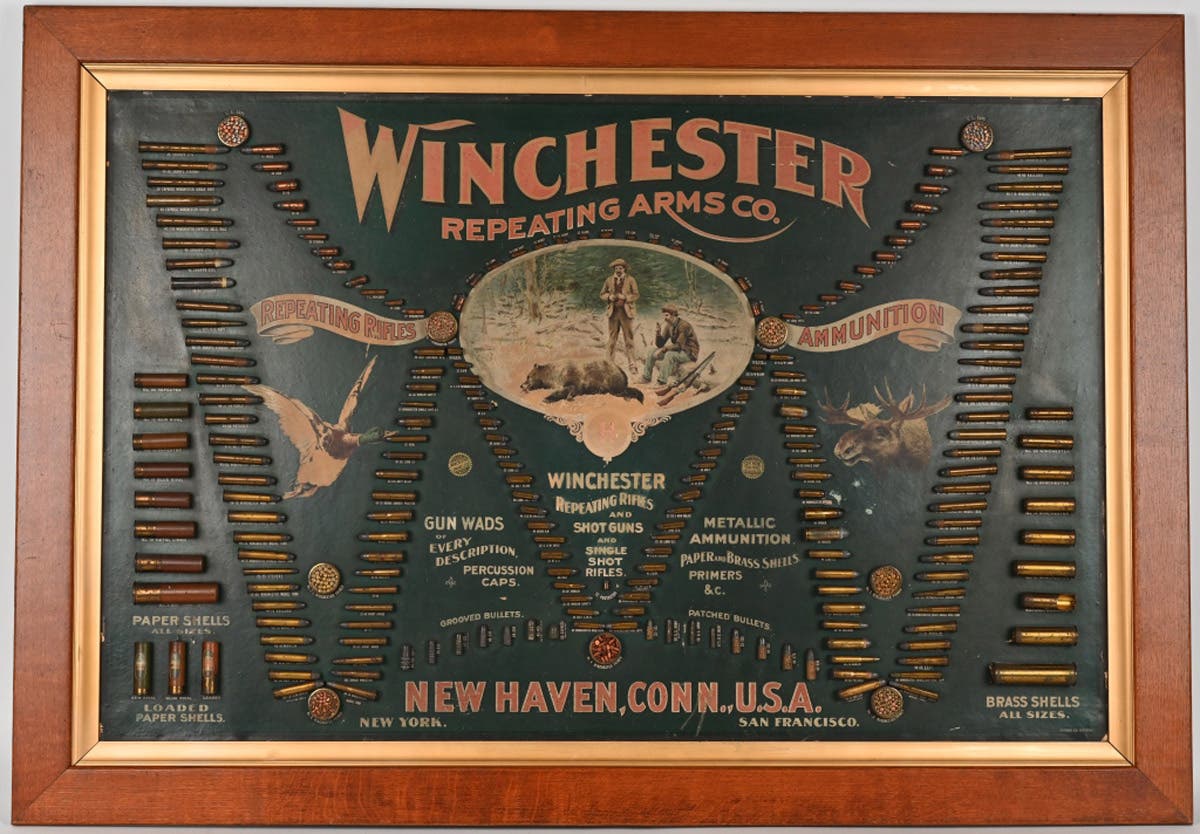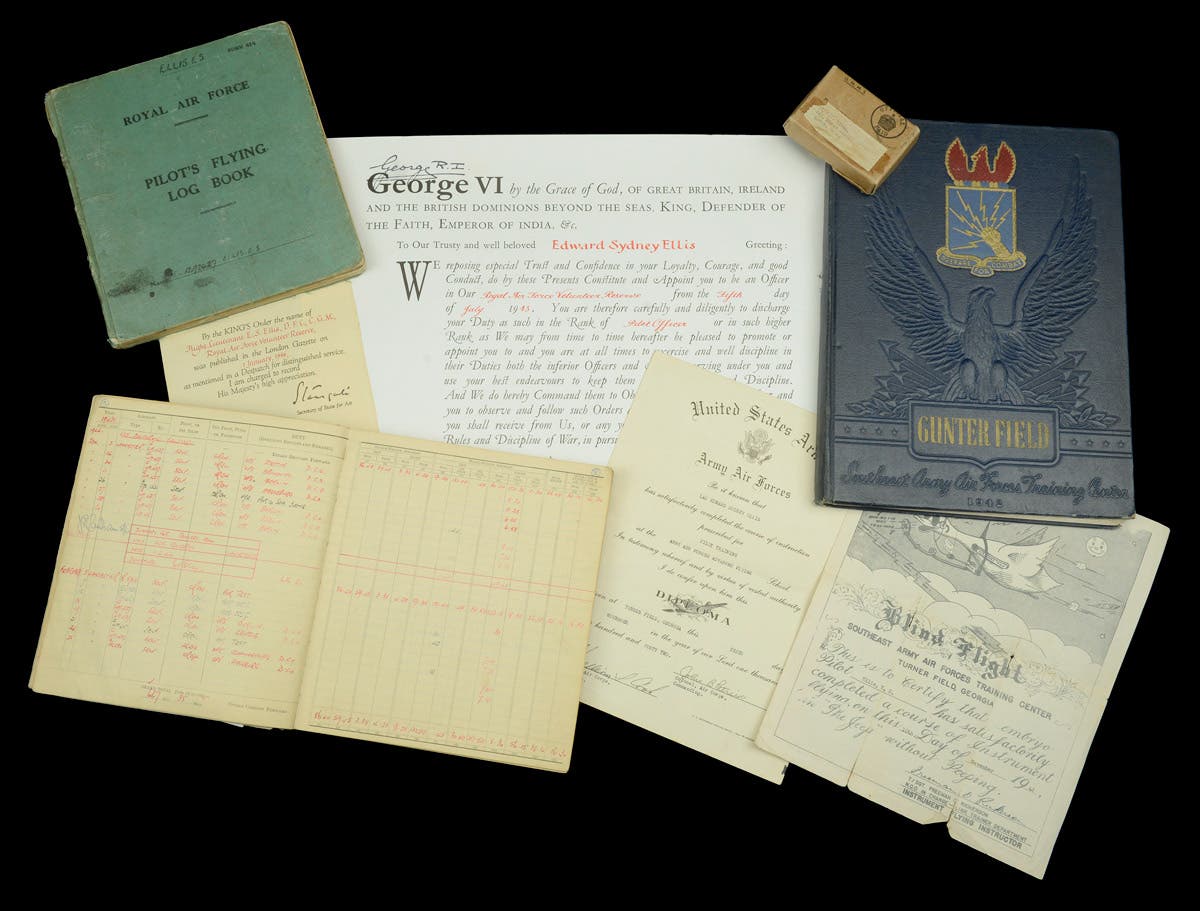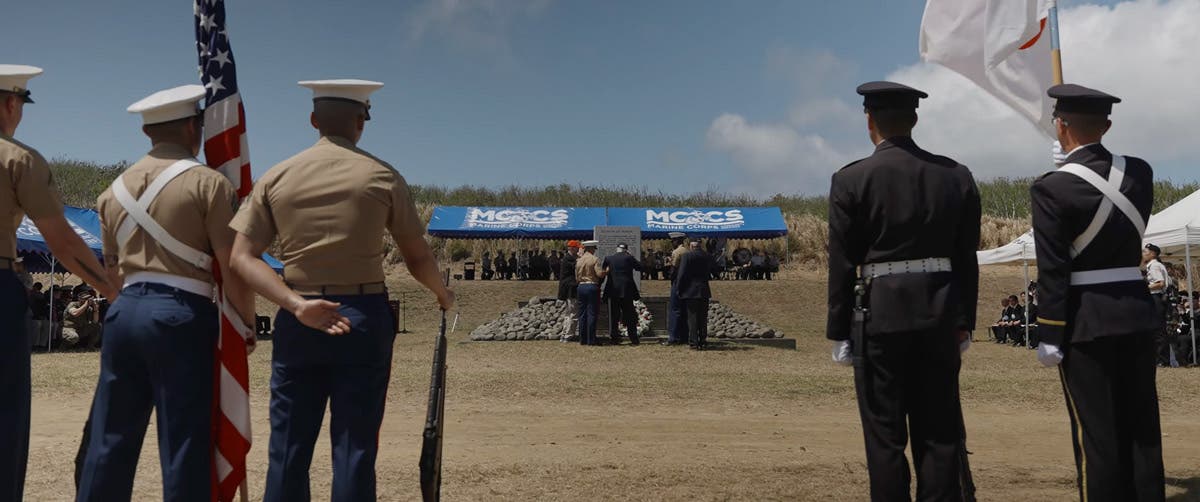Uncle Sam’s khaki soldiers
The U.S. Army Field Service Blouse, 1902-1911
Obviously, there was a wear-out period for the early style blouses after the 1912 blouse was issued as evidenced by this photo of three soldiers. The soldier on the left is wearing a wool blouse based on the 1904 specification whereas the bugler in the center and the soldier on the right are wearing the newer 1912 pattern. John Adams-Graf Collection
By D.L. Adams
During the Spanish-American War, several volunteer units were sent for tropical duty wearing lightweight cotton rather than the Army’s standard blue wool uniforms. Following experiences in the Spanish-American War, the U.S. Army formally adopted khaki-colored uniforms. It would only be a few years until it had all but abandoned the blue wool it had worn for more than a century.
As early as 1898, regulations specified a field service blouse for all commissioned officers and enlisted men to be made of “cotton drilling or khaki, light-brown in color…” This departure from the blue uniform, however, was only for the service uniform. While “on marches, fatigue duty, and ordinary wear,” troops were instructed to wear the blue wool surge, 5-button field blouse with rolled collar.
It appears that Arkansas Private Nowlin (left) is wearing a woolen version of the 1902 blouse with stand-and-fall collar whereas M.J. Holladay (right) is wearing a woolen tunic with the earlier style roll-over collar in this 1911-studio portrait. John Adams-Graf Collection
NEW BLOUSE FOR ALL OCCASIONS
In 1902, the Army introduced a new set of uniform regulations that marked the beginning of a new era for all branches of its service. It abandoned helmets with horsehair plumes, dress coats with distinctive facings and fatigue uniforms made of blue wool. It adopted more practical headwear and drab earth tones for both uniforms and equipment. Like many of the armies of its European counterparts, the U.S. Army was entering the century with a new look more suitable for camouflage than for parade ground pomp (it did, however, retain a dress blue uniform for formal occasions).
The new service blouse for enlisted men had a rollover collar and pointed cuffs. The regulations described it as, “A single-breasted sack coat of olive drab woolen material or khaki-colored cotton material, made with two outside breast choked-bellows pockets and two outside pockets of the same pattern below the waist; pockets to be without plaits and covered by flaps, rounded at edges, buttoned by a small regulation button.” The last portion of this description alludes to another important change in the Army’s appearance: The regulation button.
The characteristics of the Army’s new blouse introduced in 1902 are evident on this ca. 1904 woolen version: Roll-over collar, , shoulder ‘loops’ (straps) with ends that are not crossed-stitched to the shoulder, choke-bellow pockets, pointed cuffs and rimless buttons. www.AdvanceGuardmilitaria.com
The Army had worn bright brass or silver-colored buttons on its service uniforms from the beginning. This changed in 1902, however, with the adoption of a subdued, dull bronze button. The 1902 pattern General Service button featured the nation’s Great Seal with no rim around the circumference. It was produced in three sizes: Cuff, blouse and overcoat. The two smaller sizes were also produced in gilt for use on the dress uniform. The 1902 button would remain the standard pattern used on all of the Army’s dress and service uniforms until the adoption of a rimmed variant in 1912.
Over the following nine years, the khaki blouse would undergo no fewer than 10 specifications. Initially, the cotton khaki blouse was to be worn at tropical posts and coastal artillery emplacements within the United States. In 1907, the regulations were changed permitting wear of the cotton blouse during the summer months at all Army posts.
Limited production of a woolen blouse began in 1903 with most troops receiving their first issue after 1904. Production continued with very few modifications until 1906 when Specification No. 815 replaced the rolled-over with a “Standing/Falling”. Later that year, the pattern was slightly altered to include collar lining. In 1907, the regulations were changed permitting wear of the cotton blouse during the summer months at all Army posts.
In 1909, a significant change to the soldier’s appearance occurred. Specification No. 1038 required all woolen blouses to be made in olive drab green. Remaining stocks of khaki were to be issued as the change was implemented.
Finally, in August 1911, the Quartermaster General approved the discontinuation of the stand-and-fall collar, replacing it with simple standing version. This is the style of blouse that Pershing’s Army Expeditionary Force would wear to Europe in 1917.
This cavalry trooper is wearing two pair of collar discs on his cotton 1902 pattern tunic as prescribed from 1910-1912. It appears that he is wearing a “US” disc on the forward point of the right side of the collar, a Cavalry disc on the forward point of the left, leaving one to believe that he has affixed a U.S. and branch of service disc to each side. John Adams-Graf Collection
COLLAR INSIGNIA
As introduced in 1902, the khaki blouse had a rollover collar. Both officers and other ranks were instructed to affix a dull bronze national coat of arms and branch of service insignia to both sides of the collar. Usually, the latter also indicated regimental designation. In 1904, the Army dropped the national coat of arms, replacing it with dull bronze “U.S.” That same year, the branch of service insignia was reduced in size for both officers and enlisted soldiers.
Harry Scofield, Battery E, 5th Artillery, is wearing a woolen blouse with stand-and-fall collar as specified in 1907 with “U.S.” and branch of service insignia on the collar as specified for wearing during 1904-1910. John Adams-Graf Collection
In 1910, collar discs replaced the branch of service insignia. Initially, soldiers were instructed to wear two pair of discs on their collars, each pair consisting of a “U.S.” disc and a branch of service disc. When a new uniform with a standing collar was prescribed in August 1911 and officially adopted in 1912, regulations switched to just one disc per side: U.S. on the right and branch of service on the left.
CONTINUED SERVICE
After the 1912 pattern blouse was adopted, existing stocks of the earlier style blouses continued to be issued until exhausted. However, this change was implemented at about the same time when the United States stood on brink of war. With formal declaration in 1917, the Army faced the need to clothe hundreds of thousands of new recruits. Deliveries of new uniforms could not come fast enough.
1907 pattern khaki cotton tunic with collar insignia for the 7th U.S. Infantry, Company A, as prescribed in 1904 and worn into 1910. www.AdvanceGuardmilitaria.com
To meet the demand for uniforms, remaining stocks of the early style blouses were converted to 1912 specifications. Conversions included reducing the falling collar to a simple, standing collar and removing the bellows from the pockets and resewing the pockets as simple patch-style pockets on the tunic bodies.
The normal wear-out of the khaki blouses coupled with war-time conversions of remaining stocks makes an unaltered pre-1912 blouse a rare item today. But, for the collector who is interested in displaying the evolution of U.S. Army from a 19th-century blue wool-clad force into a 20th-century camouflaged fighting machine, the early pattern blouses with rollover or stand-and-fall collar are crucial to telling the story.
YOU MAY ALSO BE INTERESTED IN:
*Military Vehicles Magazine
*Standard Catalog of U.S. Military Vehicles, 1942-2003
MORE RESOURCES FOR COLLECTORS
*Great Books, CDs & More
*Sign up for your FREE email newsletter
*Share your opinions in the Military Forum







